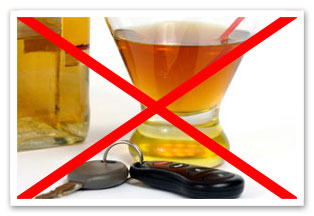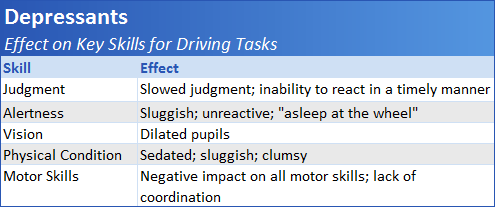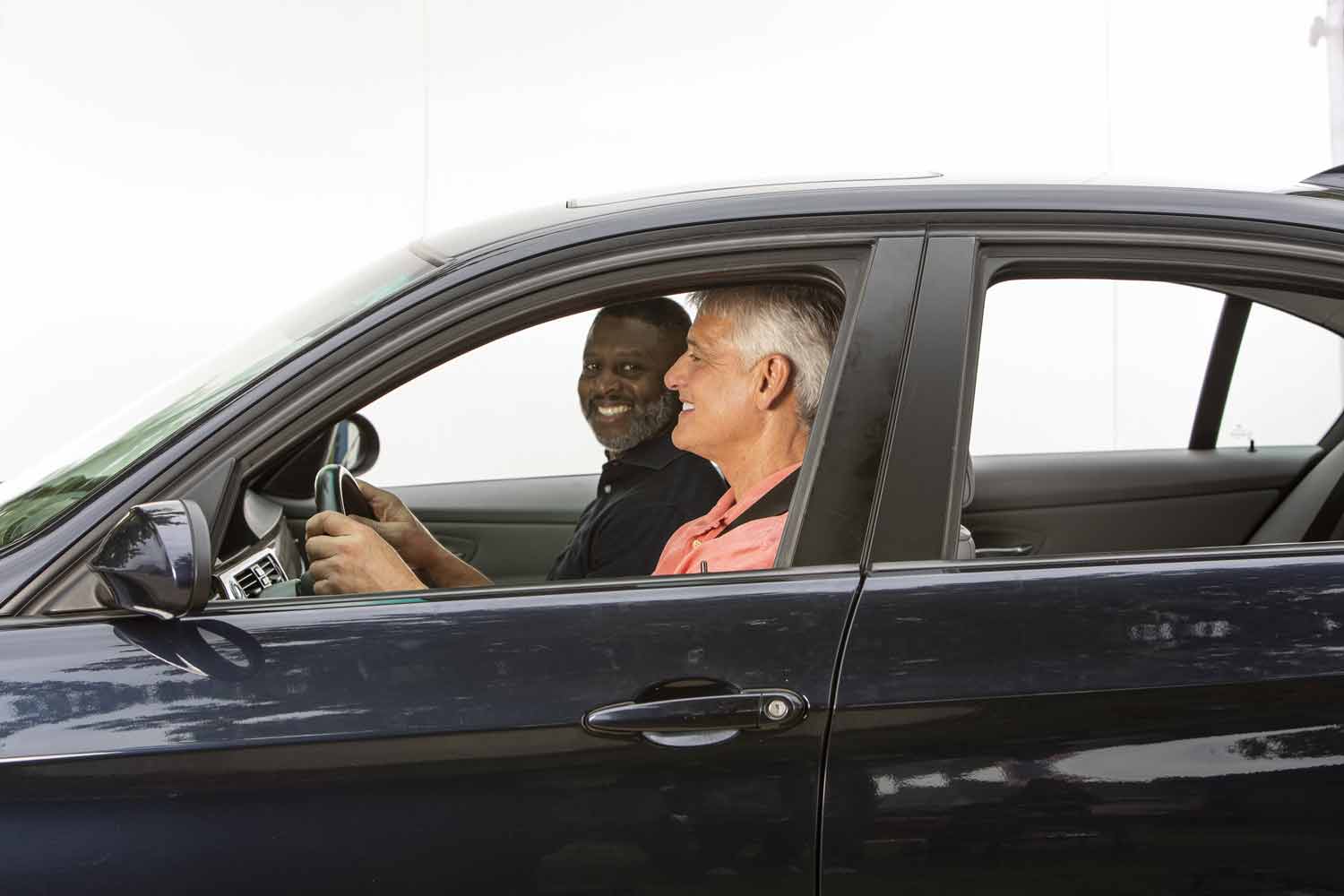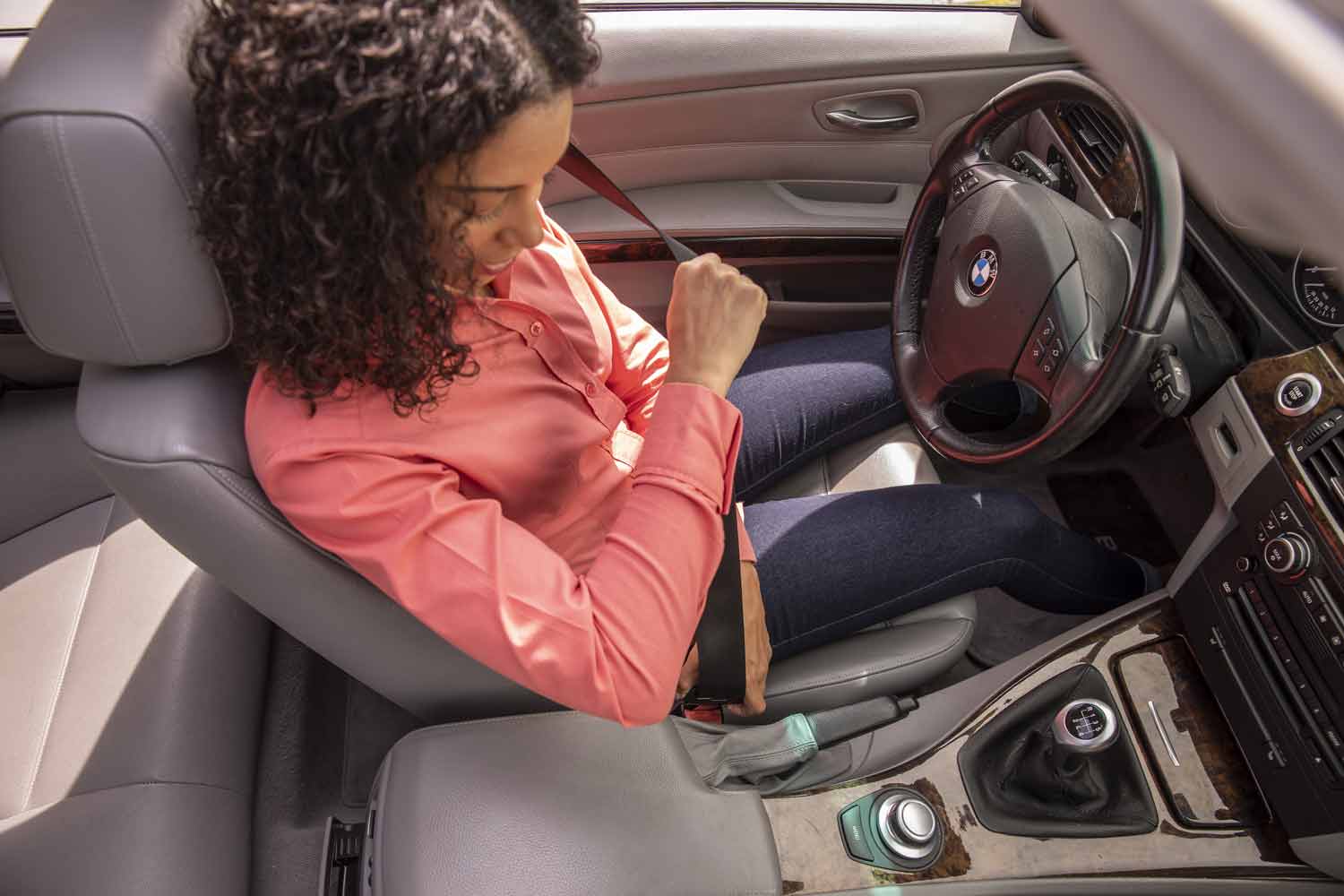
In 2018, the NHTSA reported 10,511 fatalities in motor vehicle crashes in which at least one driver had a BAC of the legal limit or higher. Those crashes accounted for 29% of all traffic fatalities, and an average of one alcohol-impaired driving fatality happened every 50 minutes in the US. These deaths were entirely preventable. April is Alcohol Awareness Month. We all know that alcohol and driving don’t mix, but do you know why? Let’s look at some of the effects alcohol has on us, and how that affects our ability to drive.
1. Alcohol is a depressant.
Depressants like alcohol slow down activity in the brain and the central nervous system. When people are intoxicated, they have a hard time walking or moving, and their speech may be slurred. Alcohol also negatively impacts vision. Alcohol relaxes eye muscles, which means that the left and right eyes will see slightly different things, and depth-perception will be thrown off. Drinking also decreases your forward, side, and peripheral vision significantly, reducing your field of vision on the road.
2. Alcohol affects your skills.
Take a look at the following chart:

Alcohol lowers your inhibitions, meaning that you’re more likely to engage in risky behavior and ignore precautions you’d take when you’re sober. Alcohol can also affect your concentration, your judgment, your reaction time, and your memory.
3. Alcohol affects your emotions.
Alcohol can also affect your emotions. Some people get depressed when they drink, while others become upset and belligerent. This can cause you to become emotionally distracted while driving, and it may even lead to aggressive driving or road rage.
4. Alcohol slows your reaction time.
Crashes involving drivers who are impaired by drugs or alcohol are often worse than other crashes because the drunk driver does nothing to counteract the dangers of the crash before impact. Most drivers react to a possible collision by steering away from the impact and braking, but drunk drivers can’t respond as quickly. This can lead to deadly, head-on impacts at higher speeds.

Let’s look at some ways to avoid drinking and driving.
1. Plan ahead.
If you plan to drink, be responsible about it. Make a plan for how you’ll get home before you go out. Appoint a non-drinking designated driver you can trust, or plan to take a taxi or ride-hailing service.
2. Don’t let drunk friends drive.

This can be easier said than done, but if you can stop someone who has been drinking from getting behind the wheel, you could save their life. If possible, take their keys, and help them find a safe ride home. If you’re hosting a party and serving alcohol, make sure your guests aren’t overserved and that everyone has a sober ride home. Never get in the car if the driver has been drinking. If you’re in a dangerous situation, call law enforcement when necessary.
3. Wear your seat belt.

What about other drivers who may have been drinking? You can’t control everyone in the world. The best thing you can do is make sure you’re as safe as possible. Always wear your seat belt, and make sure all passengers are properly restrained as well. Avoid traveling at night (especially on Fridays and Saturdays). The rate of alcohol impairment among drivers involved in fatal crashes in 2018 was 3.4 times higher at night than during the day.
4. Drive defensively.
Always drive defensively. Defensive driving can help you avoid a collision. For example, if you see a car ahead of you weaving in and out of their lane, keep your distance. If you need a refresher on defensive driving skills, take a look at our website! We offer online defensive driving courses to help you brush up on your defensive driving skills.
5. Ask for help.
Alcoholism is a serious disease. If you or someone you know is struggling with alcohol addiction, there is hope. Visit the Substance Abuse and Mental Health Services Administration website to learn more about the options available to those affected by alcoholism and the abuse of other substances.